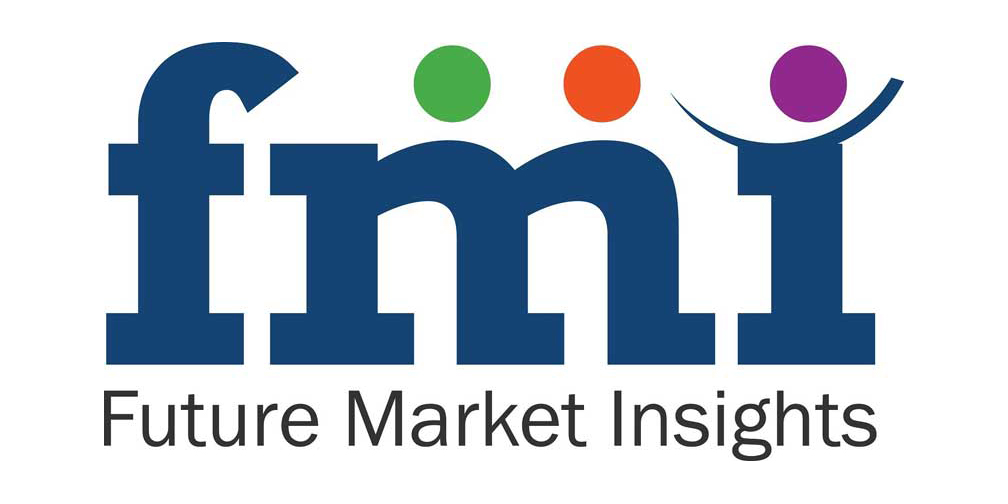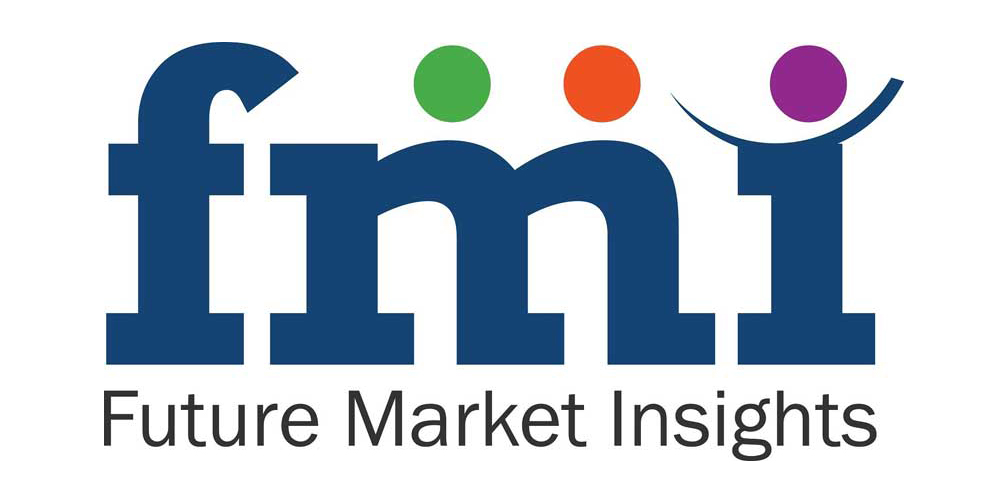Estimated to witness a healthy Y-o-Y increase in revenue by more than 5% over 2018, the global cardiac reader system sales will close in on US$ 1,500 Mn in 2019. As depicted in a new research study of Future Market Insights (FMI), benchtop analyzers continue to account for over 80% of overall sales of cardiac reader systems. Although the compact analyzer modularity is seemingly gaining ground, recently, owing to the convenience of usage, it is highly likely that the sales of benchtop variants will remain on a higher side over the coming years.
- To Get a Sample Copy of the Report visit @ https://www.futuremarketinsights.com/reports/sample/rep-gb-8681
More than 40% of the overall demand for cardiac reader systems is catered by enzyme immunoassay analyzers, according to FMI’s findings. The next high-selling types of cardiac reader systems, chemiluminescence immunoassay analyzers and magnetic immuno-chromatographic assay analyzers, hold a significant revenue share of over 45% in the global cardiac reader system sales.
Prominent adoption of cardiac reader systems will prevail at hospitals and clinics. As revealed by FMI’s analysis, diagnostics continue to gather momentum, and thus laboratories are highly likely to develop lucrative potential in terms of adoption of cardiac reader systems. By the end of 2019, more than 1/4th of the overall cardiac reader system sales will be accounted by laboratories.
Troponin Remains Preferred Biomarker
In around 2/5th of the cardiac reader systems sold, globally, troponin is the sought-after type of marker. According to the report, creatine kinase will also demonstrate high growth potential over other marker types in the cardiac reader system market. Troponin is highly sensitive and specific-in-action, which impart it superior diagnostic abilities over other conventional biomarkers. Except for highly sensitive cardiac injury, troponin barely shows false positive tests for the diagnosis of heart attack, angina pectoris, and myocardial infarction.
In line with the mounting demand for high-accuracy, time-efficient, and effective diagnostic outcomes, manufacturers of cardiac reader systems are focused on augmenting their R&D investments. According to the report, increase in R&D efforts will create a plethora of new growth opportunities for the cardiac reader system market. In addition, the notable increase in funds from PPPs (public-private partnerships) for R&D of novel cardiac biomarkers is cited as an important booster for demand growth of cardiac reader system.
Request Complete TOC Of this Report @ https://www.futuremarketinsights.com/toc/rep-gb-8681
Developing Markets Observing Hike in Sales
Demand for cardiac reader system in developed regional markets account for over half of the global demand, according to the study. Although the demand remains strong in the US, and thereby in North American region, the report envisages stronger growth prospects for the cardiac reader system market in Europe.
Moreover, FMI’s study points to visibly growing potential of developing regions, for the expansion of cardiac reader system market. Following Asia Pacific excluding Japan (APEJ), market in Latin America and Middle East and Africa (MEA) is also reflecting signs of healthy growth in forthcoming years.
Collaborations Trending in the Competitive Landscape
Some of the key vendors actively operating in the global cardiac reader system industry, include Radiometer Medical Aps, Creative Diagnostics, Boditech Med Inc., Mitsubishi Chemical Europe GmbH, and Quidel Corporation. According to FMI’s analysis, F. Hoffmann-La Roche Ltd., Beckman Coulter Inc., Siemens AG., and Abbott Laboratories are among the Tier 1 manufacturers of cardiac reader systems and account for a substantial revenue share in the global market.
Key manufacturers of cardiac reader systems are focusing on collaborations with universities and associations to develop their product portfolio. In March 2017, Abbott Laboratories had announced the collaboration with the Hennepin County Medical Center and the University of Minnesota, over the development of markers to be used in the guiding treatment.
CARDIAC READER SYSTEM MARKET TAXONOMY
The global Cardiac Reader System market is segmented in detail to cover every aspect of the market and present a complete market intelligence approach to the reader.
Modularity Type
- Benchtop Analyzers
- Compact Analyzers
Product Type
- Enzyme Immunoassay Analyzers
- Chemiluminiscenece Immunoassay Analyzers
- Magnetic Immuno-Chromatographic Assay Analyzers
- Immuno-Fluorescence Analyzers
Marker Type
- Troponin
- Creatine Kinase
- Myoglobin
- Others
End Use
- Hospitals and Clinics/li>
- Laboratories
- Ambulatory Surgical Centers
- Other End Use
Region
- North America
- Latin America
- Europe
- Japan
- APEJ
- MEA

